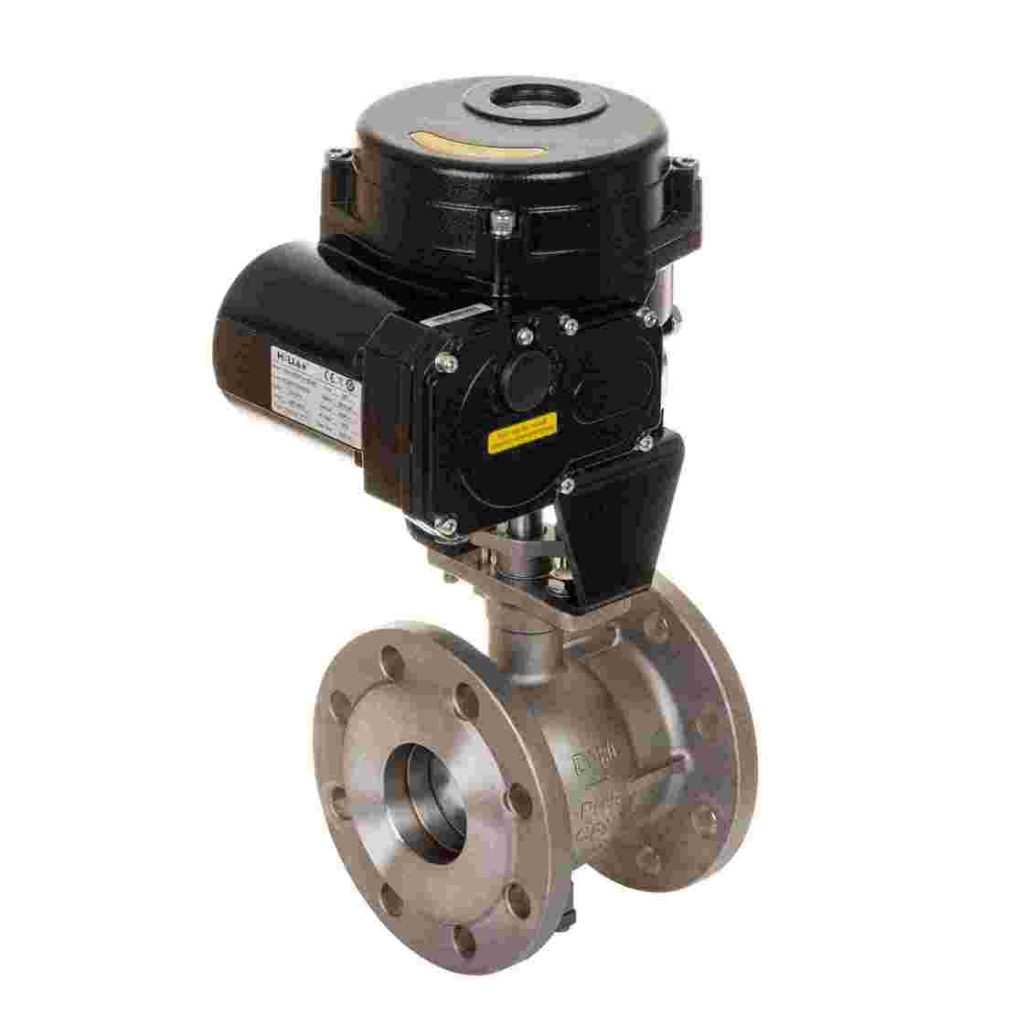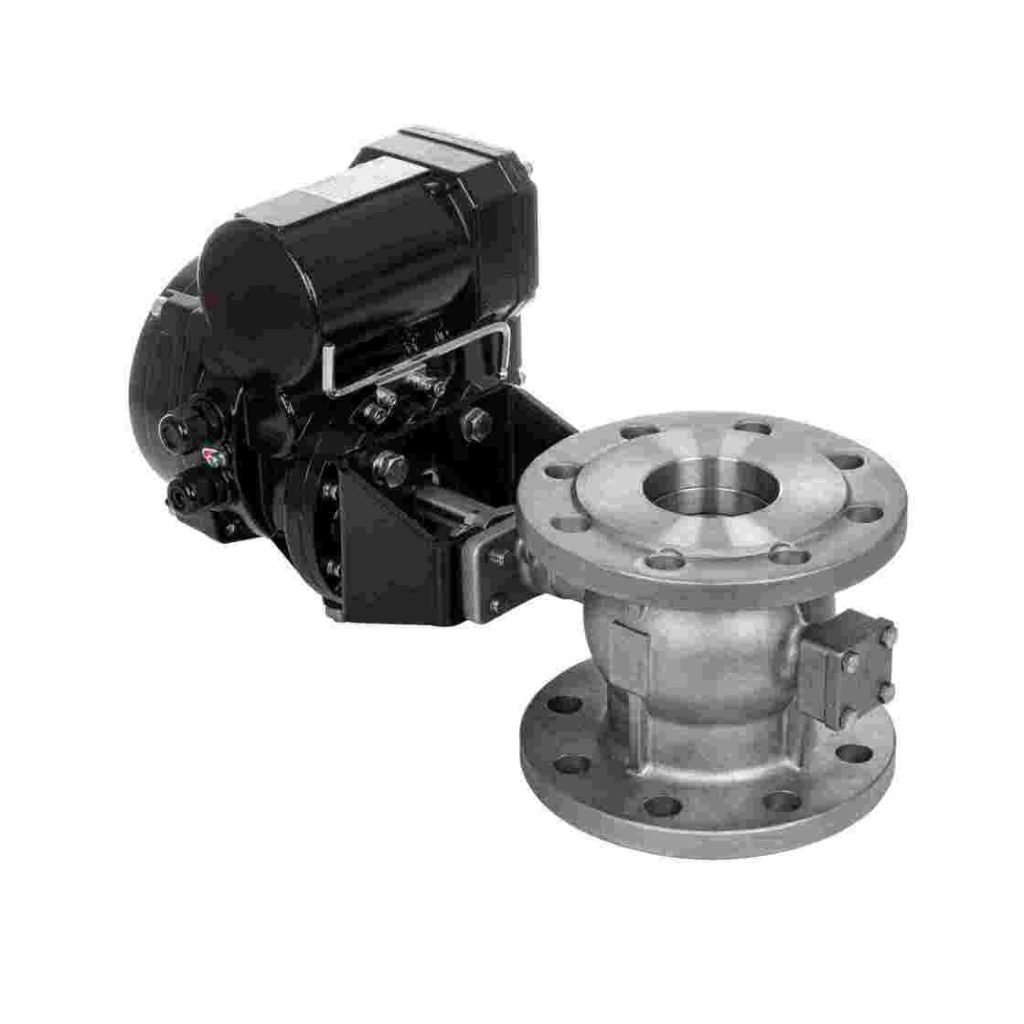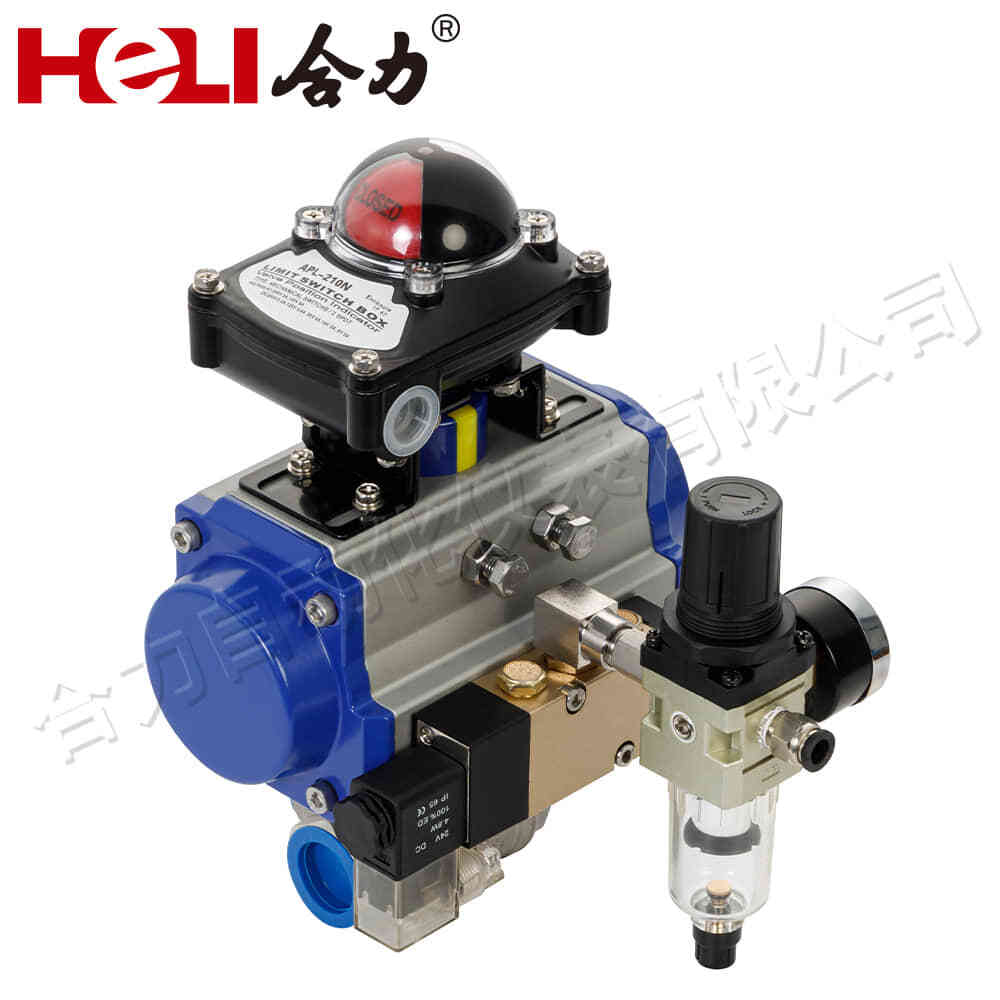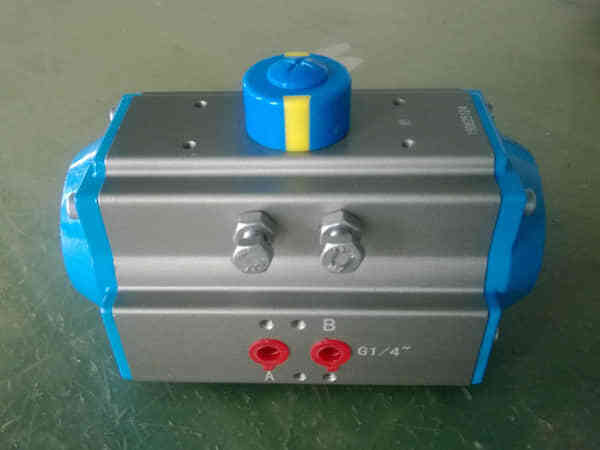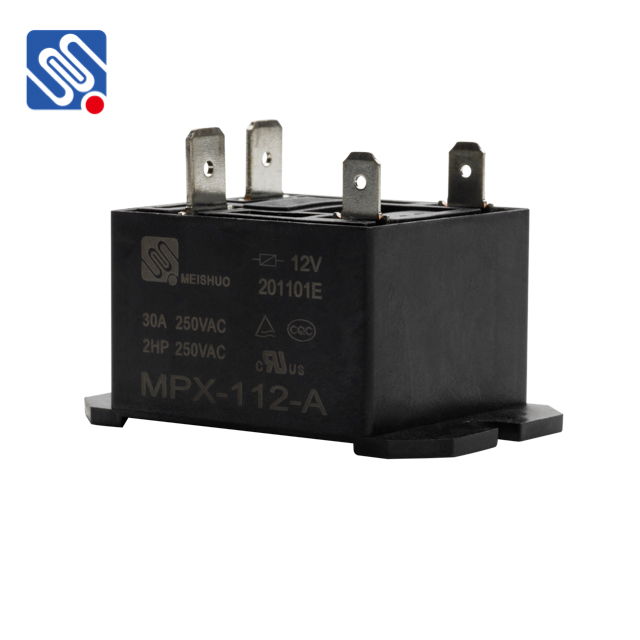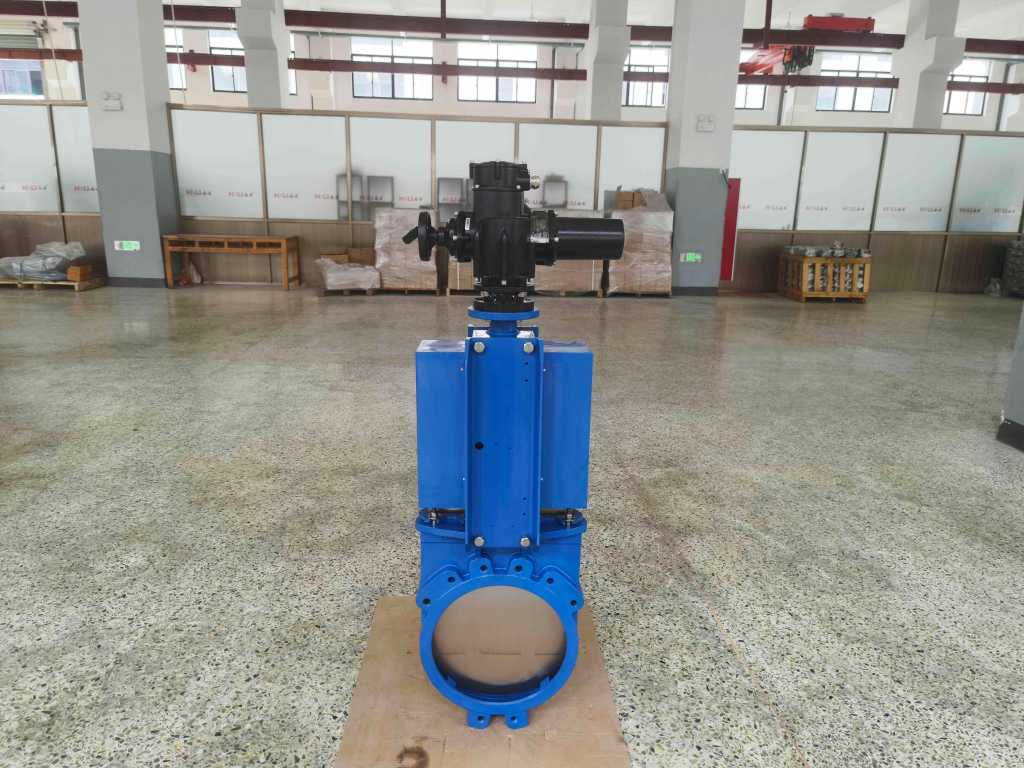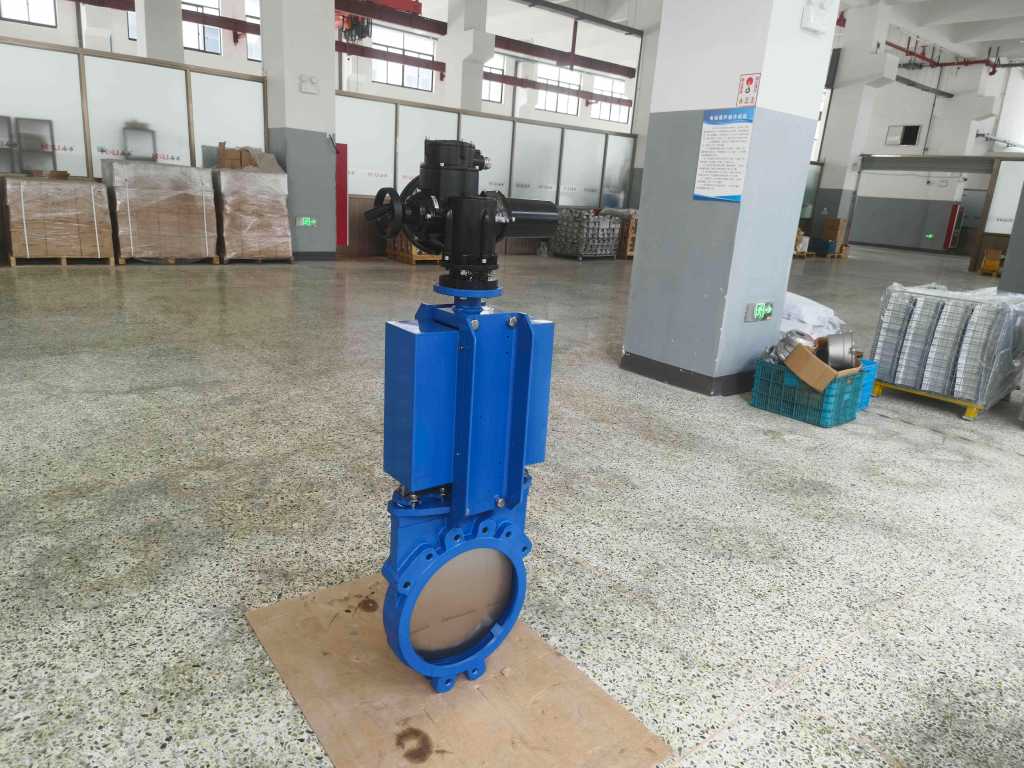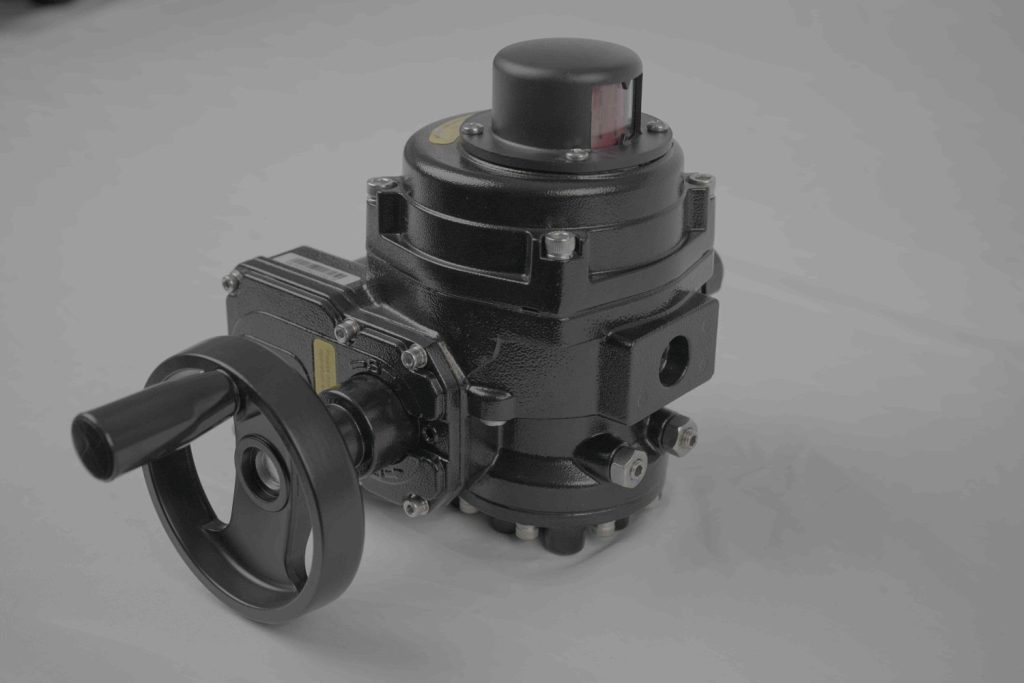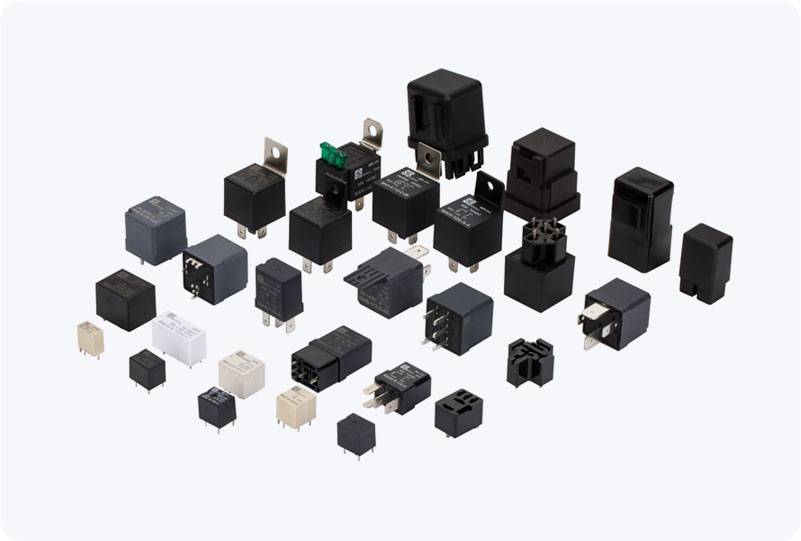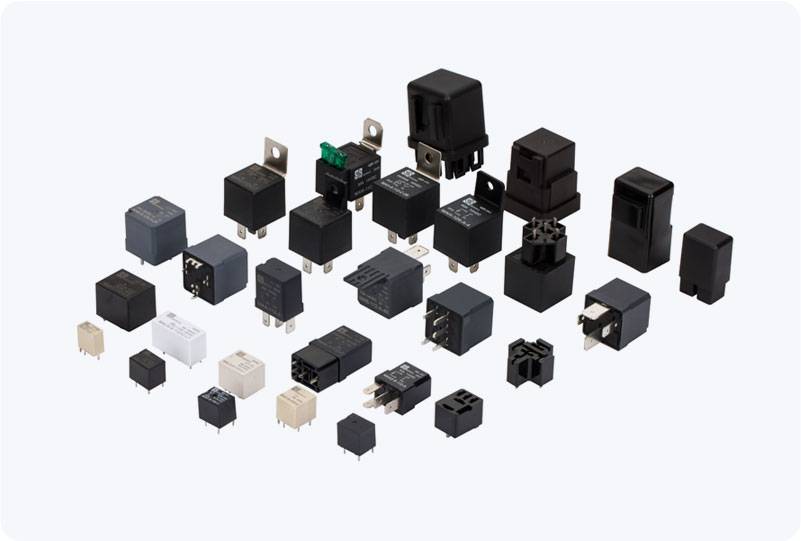A Precharge Relay is an essential component in high-voltage power systems, especially in applications where sudden voltage spikes or surges can cause significant damage to electronic components, batteries, or capacitors. Precharge relays serve the critical function of controlling inrush current during the initial charging phase of electrical systems, such as in electric vehicles (EVs), uninterruptible power supplies (UPS), and industrial machinery. This article explores the role, benefits, and applications of precharge relays in modern electrical systems.
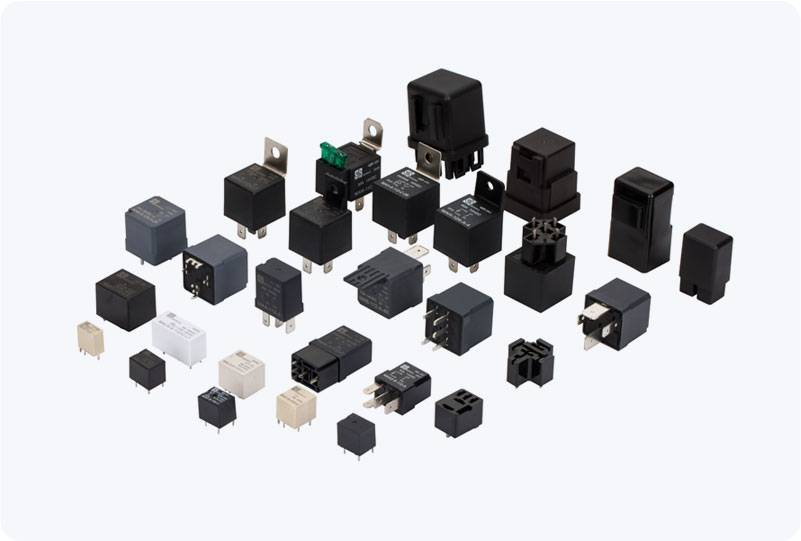
What is a Precharge Relay? A Precharge Relay is a type of relay used in power electronics to manage the initial charging process when connecting a high-voltage power source to a load. It helps to control the charging of capacitors or batteries by limiting the inrush current that occurs when a high-capacity electrical system is first powered up. The key purpose of this relay is to gradually charge capacitors or battery packs to their operating voltage, reducing the likelihood of system damage caused by high currents. The Function of Precharge Relays In systems such as electric vehicles, inverters, or power supply circuits, there are often large capacitors or battery packs that need to be charged before the system can function normally. When power is initially applied to these devices, the immediate connection to a fully charged system can cause an excessive current to flow, which can damage components or degrade their lifespan.
